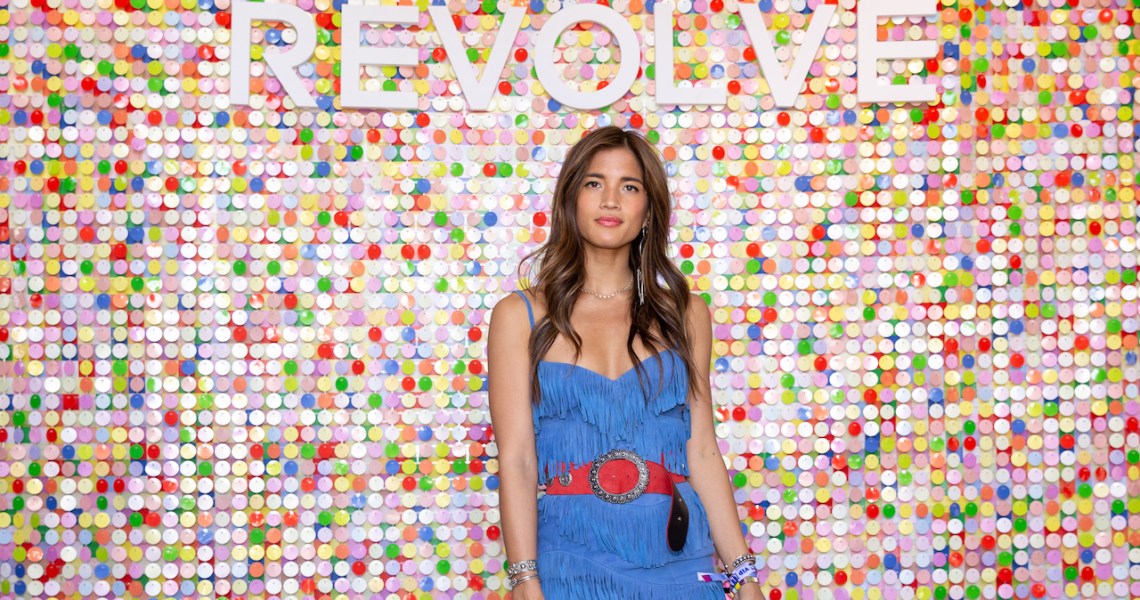Influencer marketing isn’t going anywhere; it’s just changing.
In 2019, influencers — and the brands that work with them — saw some big shifts around influencer marketing. A big moment came in November when Instagram announced it would start a test by hiding likes in the U.S. The news sparked concerns from influencers and led to stories on the soon-to-be death of the influencer community. Others saw it as an opportunity to look at new metrics, devaluing the “like” and instead focusing more on a diverse range of metrics like engagement rate, conversions and website traffic. Moving into 2020, it seems that diversifying the influencer strategy is going to be key for brands.
Pierre-Loïc Assayag, co-founder and CEO of influencer relationship management platform Traackr, said companies that have already seen some success with influencers will continue to invest in this channel in 2020.
“In some industries, like in cosmetics, in fashion and in CPG, as well, [influencer marketing] is starting to compete with media plans,” said Assayag. “Media planners, media planning firms and agencies have been dismissing influencer marketing for a long time, and now it’s starting to eat up some of their budget. Now they are paying attention. In 2020 and 2021, there’s probably going to be an all-out war between media planners and influencer marketing.”
Revolve went public in June. At the time, the company’s chief brand officer Raissa Gerona said she spent many weeks traveling to meet with investors explaining the value of influencer marketing. At one point, the company shared that, in 2018, influencers drove 70% of sales for the company, which was valued at $1.2 billion.
“The educational process is crucial for them to understand not only how Revolve does [influencer marketing], but also that this is how young people get information and get inspiration,” Gerona said in a previous interview with Glossy.
The company reported marketing costs of $23.1 million for the third quarter, up from $18.9 million in the same three-month period in 2018. That figure accounts for a wide variety of marketing channels, like paid social and traditional performance marketing, per the company’s most recent earnings call, but influencer marketing is still a major focus for the online clothing retailer.
Ad position: web_incontent_pos1
“We are pioneers of social media marketing and will continue to stay at the forefront by focusing on building upon our experiential marketing initiatives — such as #RevolveFestival, #RevolveSummer, #RevolveAroundTheWorld — and collaborating with influencers within our network,” Gerona said. “Instagram will continue to be a key platform for communicating with our customer, and it’s constantly evolving. We’re also exploring video content heavily with platforms such as YouTube and TikTok.”
While Revolve has staked its claim as a leader in the influencer marketing space, other companies are still trying to perfect their influencer strategies. And the opportunity, for those who can do it well, is only growing. In 2019, the influencer marketing economy was expected to hit $6.5 billion, according to Influencer Marketing Hub, with 86% of brands saying they planned to invest more in influencers throughout the year.
For brands continuing to focus on influencers, analysts said bringing in a variety of people with various follower counts will be key.
“Successful brands will continue to use a tiered approach to influencers, from both a paid and earned perspective, to build long-term relationships with authentic, third-party endorsements,” said Lindsay Johnson, group account director for influencer and social media marketing at Small Girls PR.
Overall, fashion and beauty brands worked more micro-, nano- and macro-influencers into their strategies in 2019. Sephora announced its Sephora Squad program in April, which picked 24 brand ambassadors with varying follower counts to work with the brand. Companies like Aerie, Nasty Gal and Shopbop have all forged partnerships with various influencers, as well. Over the summer, Amazon even got into working with influencers for The Drop, which launches limited-edition collections designed by influencers for Amazon Fashion customers.
Ad position: web_incontent_pos2
What all of those brands have in common is that they’re looking to build more long-term partnerships with influential people, rather than pay them to post a few things on Instagram.
“One-off influencer marketing posts do not make impact or resonate with consumers. It is essential for brands to actually invest in this form of marketing versus just dabble in it,” said Sherry Jhawar, co-founder and president of Blended Strategy Group. “I often remind chief marketing officers and other marketing executives that when print media plans were a larger part of marketing budgets, we would never have done just one print ad in one magazine and say that was our print plan for the year or for a product launch. So why would we do that with influencer marketing?”
Johnson said this practice of investing more in influencer marketing, but working with influencers with a variety of follower counts, is only going to continue into 2020.
“Depending on a brand’s goals, working with mega-influencers and celebrities will still be worth the spend from an individual reach perspective, as well as a media perspective. The talkability of a campaign is stretched further if you can leverage a celebrity for interviews, which is unlikely to be the case for even large-scale influencers,” Johnson said.




